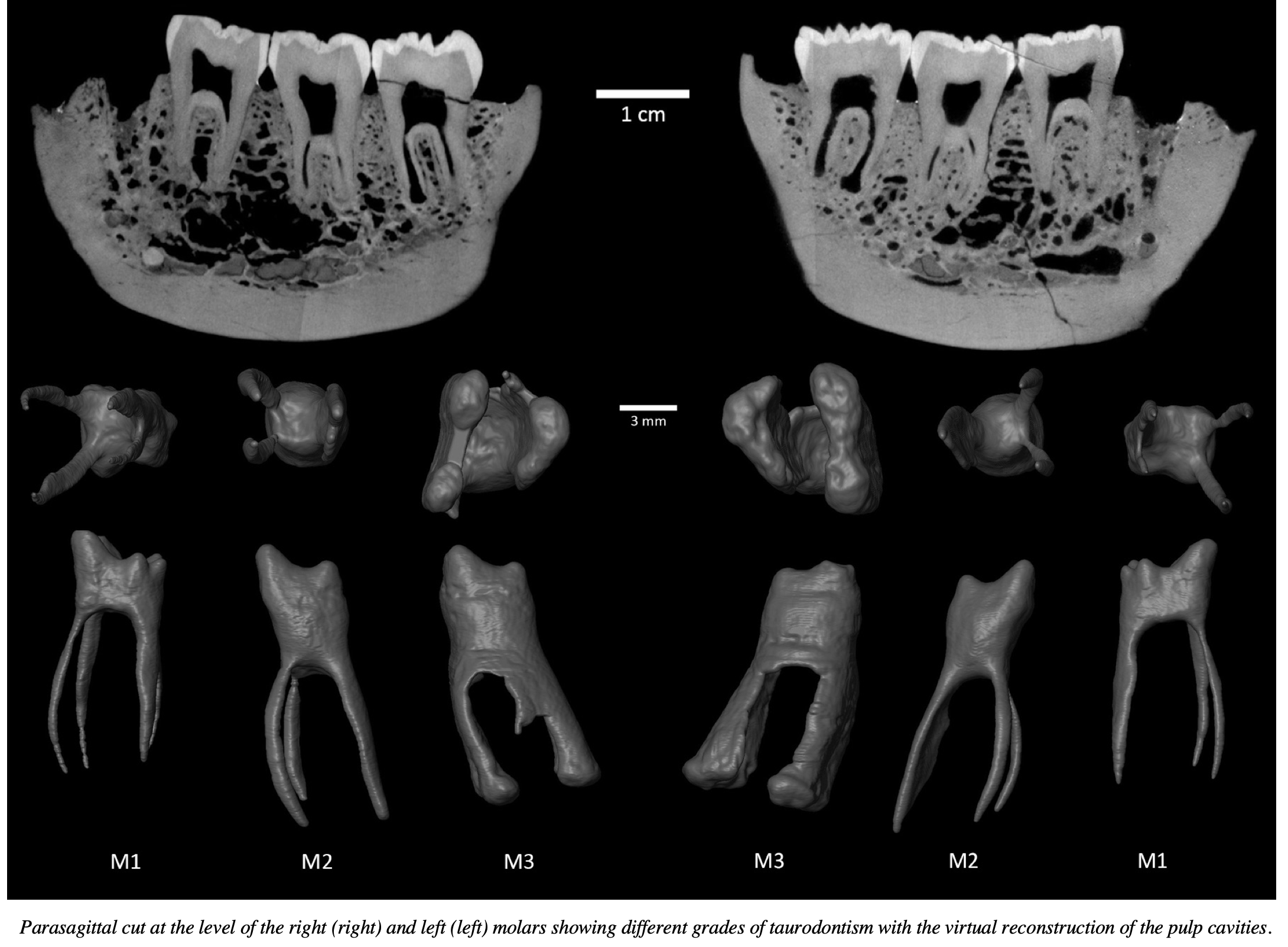The CENIEH is a research centre based in Burgos (in northern Spain) dedicated to the study of human evolution which scientific and technological services for the international scientific and technological community. The research conducted at the CENIEH is of a markedly interdisciplinary nature and is structured through three scientific Programmes (Paleobiology, Archaeology and Geochronology and Geology) enabling a holistic approach to the biological and cultural evolution of the human being. Its research activities focus mainly on human evolution from several millions of years ago and include collaborative projects at excavations and deposits of these periods worldwide. In addition, the CENIEH is responsible for the conservation, restoration, management and the recording of archaeological and paleontological collections coming from different sites of the Pliocene and Pleistocene periods and in particular from Atapuerca, a prehistoric archaeological site that joined the UNESCO World Heritage Sites in 2000.
Data about 704 fieldwork reports and scientific publications has now been added to the ARIADNEplus Portal which provide valuable insights into the development of early humans and their civilisations. The reports are mostly in either English or Spanish and cover a range of topics such as dental anthropology, paleobiology, geology and geochronology, studies of raw materials and tools, taphonomy, paleoecology, among others. From the ARIADNE Portal search results, each record takes the user to the CENIEH Repository where more information is to be found, including a permanent link to the full report, dataset or article. Some examples are:
- Inner morphological and metric characterization of the molar remains from the Montmaurin-La Niche mandible: the Neanderthal signal – https://portal.ariadne-infrastructure.eu/resource/46660868-FDBC-3C23-AA59-2885FE7A2A35 (The featured images above are from this paper)
- Neandertal long bone breakage process: standardized or random patterns? The example of Abri du Maras (Southeastern France, MIS 3) – https://portal.ariadne-infrastructure.eu/resource/C9F53ECE-17CE-31B5-98D6-B8BE4A778333
- Deciphering long-term coastal dynamics using IR-RF and ESR dating: a case study from Médoc, South-west France – https://portal.ariadne-infrastructure.eu/resource/FADBDC5B-1E42-3111-8B6D-0199C202FD87
- Facial morphogenesis of the earliest Europeans –
https://portal.ariadne-infrastructure.eu/resource/618A51B8-A3EB-33A5-A450-B42AD48CD77


